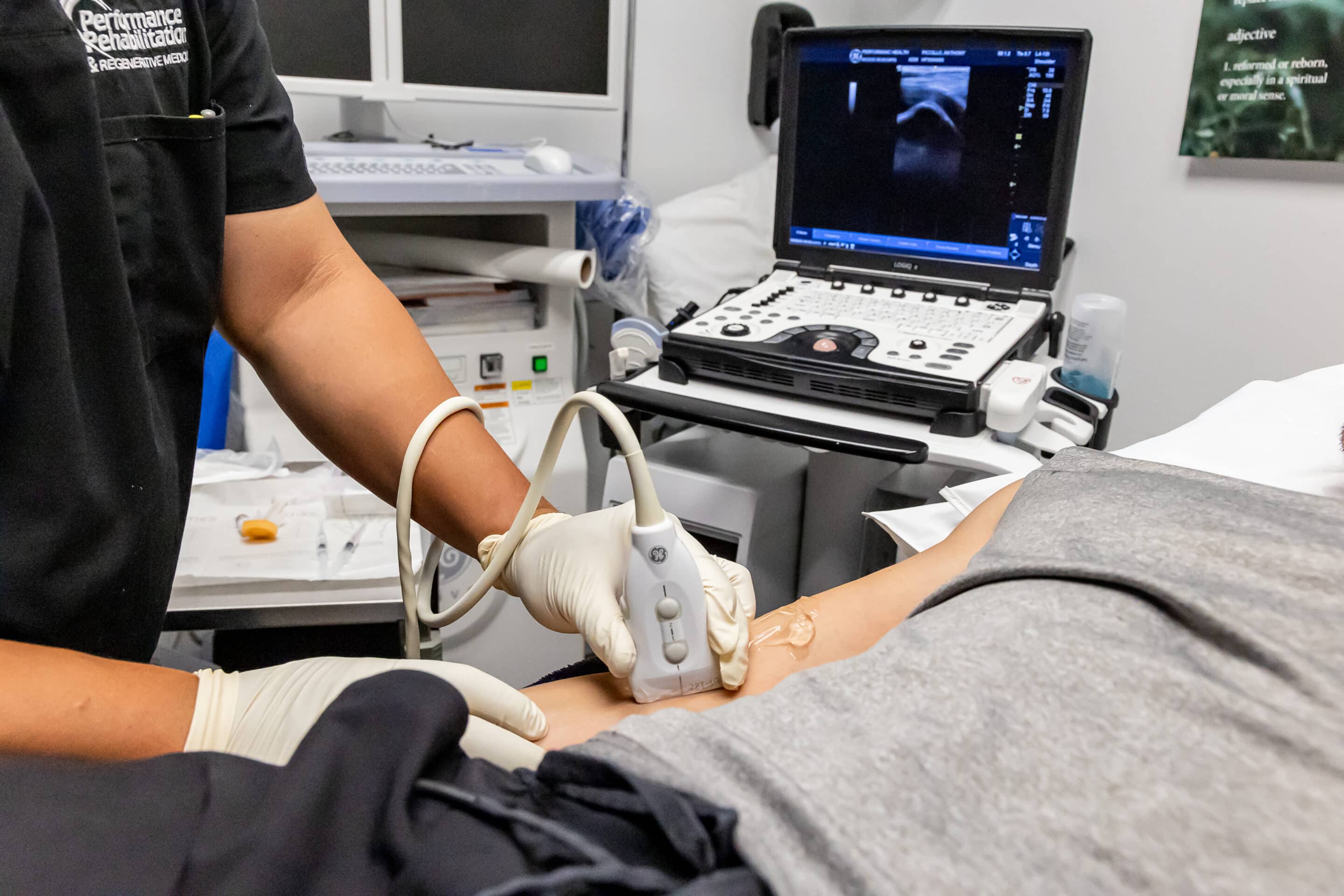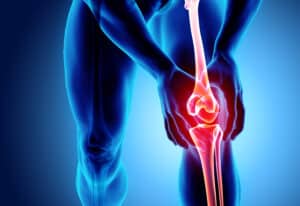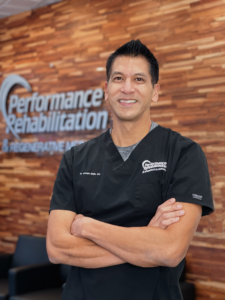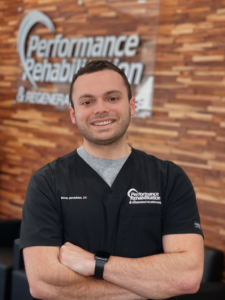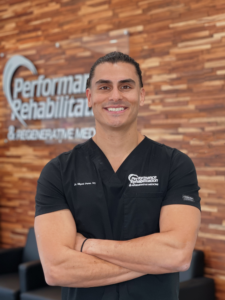What is a Keyhole Foraminotomy?
As we age, it is common to see cervical spine disease in adults. Pain ranging from mild neck pain to severe shooting pains down the arm drive patients to seek relief from their doctor. Fortunately, most cases of cervical pain are successfully treated without the need for surgery, but some patients may have symptoms that persist despite non-surgical treatment efforts. This is where Keyhole Foraminotomy comes in. This surgery works to decompress the affected nerve in the spinal cord, providing relief from pain with minimal downtime and little risk.
Why might I need a foraminotomy?
Spinal Stenosis is classified as a blockage or narrowing of the spaces within your spine. This could put pressure on the nerves, and over time, the narrowing could cause the spinal nerves or spinal cord to become compressed, causing pain, weakness, numbness or tingling. Nerve root compression can worsen over time, causing continued pain and discomfort. Conditions that cause spinal stenosis include:
- Herniated disc
- Degeneration of the intervertebral discs
- Spondylosis (degenerative arthritis of the spine)
- Tumors or cysts
- Spinal injury
- Enlarged joints or ligaments
What is a keyhole foraminotomy?
The foramen are nerve passageways that naturally form on either side of an upper or lower vertebra that allows nerves to pass through the spinal cord. The foramen act as exits for the nerve roots to the spinal canal. When there is nerve root compression in the cervical spine, symptoms can include arm pain, neck pain, numbness, and tingling.
A keyhole cervical foraminotomy is a type of surgery that is performed from the back of the neck to relieve pressure on the compressed spinal nerves by creating more space for them. This is done by enlarging the pathway where the spinal nerve root leaves the spinal canal. During a foraminotomy surgery, small amounts of bone, joint or soft tissue that are obstructing the passageway are carefully removed, creating more room for the nerve to pass through the nerve passageways (foramen).
What can I expect during a foraminotomy?
During the surgery, you will lie on your stomach. You will be given anesthesia to put you to sleep during the surgery. There will be no pain or discomfort felt during the procedure. Your surgeon will make a tiny incision beside your spine and at the level of the affected vertebrae. The muscles around the spine will be pulled back to expose the blocked foramen that is causing the pain.
Using special microsurgical tools, the surgeon will remove the blocked foramen which will relieve the pressure on the nerves. This minimally invasive technique allows access to the spine without disrupting tissue and muscle around the spine. The surgery typically takes an hour and is usually performed on an outpatient basis. If you are required to stay overnight after your surgery, you can expect to leave the hospital a day or two after the procedure.
The surgery is considered minimally invasive, since the incision is relatively small and there is no fusion of the spine required. A foraminotomy provides relief in 85-90% of cases, with some patients requiring post-operative physical therapy for a short time after the surgery. Given such favorable outcomes, foraminotomy surgery is considered the gold standard for the surgical treatment of lumbar and lateral stenosis.
What are the keyhole foraminotomy procedure risks?
Foraminotomies are successful and free from complication in most patients, but no surgery exists without possible risks. Many of these risks are rare. Risks can be minimized by choosing an experienced surgeon and adhering to your surgeon’s pre and post-operative instructions. General complications of any surgery include bleeding, infection and reactions to the anesthesia. Specific but rare complications of a foraminotomy include persistent nerve pain due to an inadequate decompression, nerve root injury or bladder/bowel incontinence, and stroke.
What is the recovery time after surgery?
Each case is unique, so recovery will not look the same for every patient. Because foraminotomy surgery is a minimally invasive procedure, you can expect shorter hospital stays and recovery times. Once you are home, you can expect discomfort to decrease with each passing day. Patients are encouraged to resume activities like walking, but to avoid bending and lifting anything over ten pounds during the first six weeks after the surgery. Complete recovery may take up to 6 to 8 weeks, but most patients can return to normal activities within 2 to 4 weeks. Pain from the surgery is usually well-tolerated and controlled with over-the-counter pain relievers.
When conservative treatment methods are ineffective, spine surgery may be necessary. Using state-of-the-art technology, surgeries are now completed through smaller and less painful incisions. We are now offering minimally invasive spine surgery at Performance Rehabilitation and Regenerative Medicine. For more information about Minimally Invasive Spine Surgery and to take the first step to live your life fully without pain please call one of our Patient Care Coordinators at 908-754-1960 or book a consultation today!


